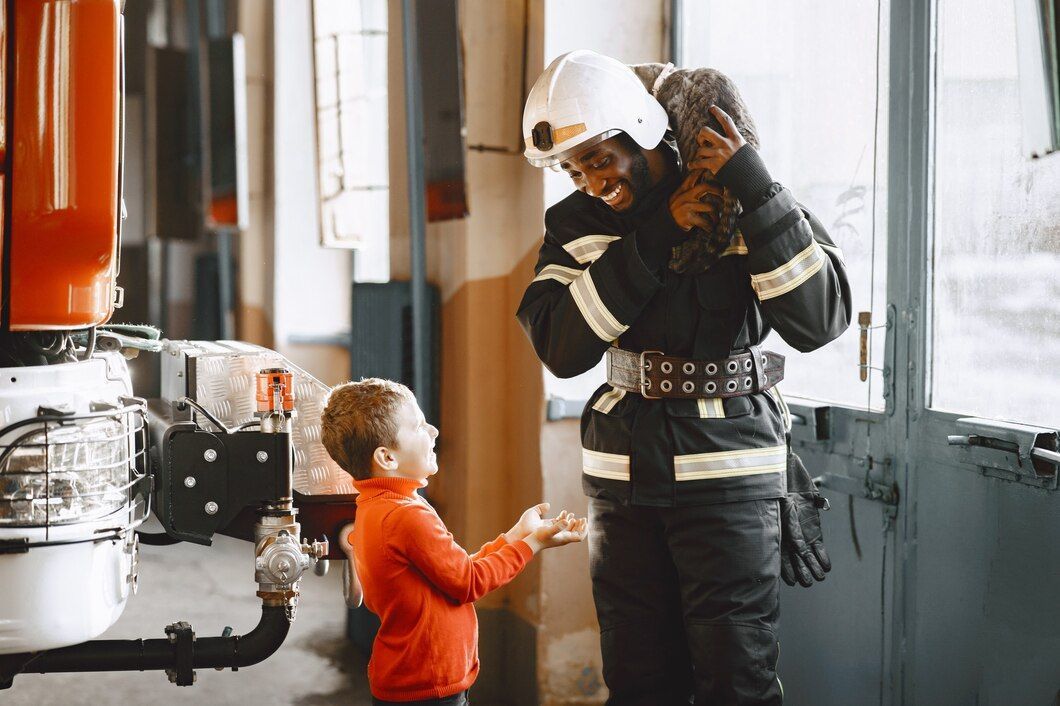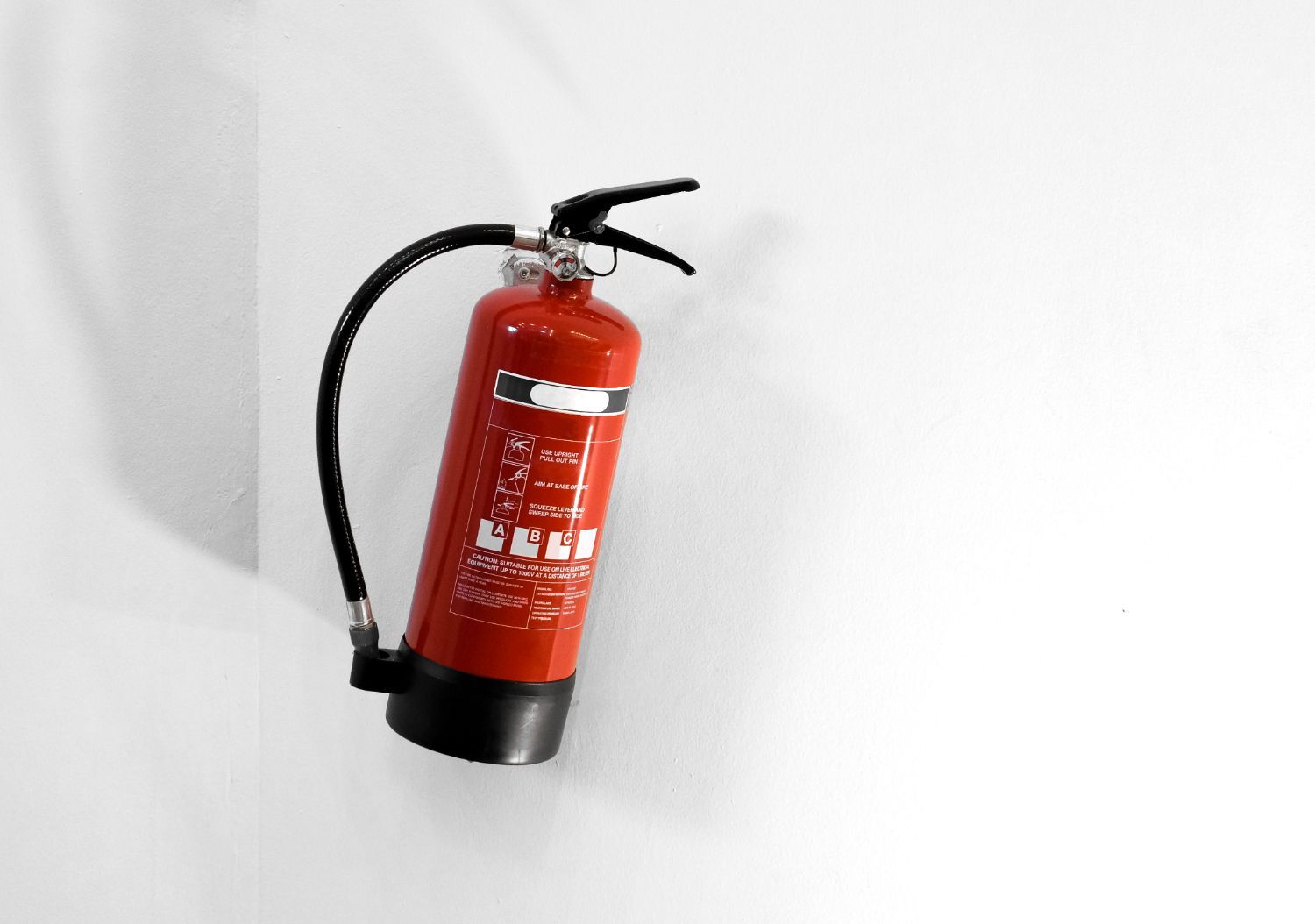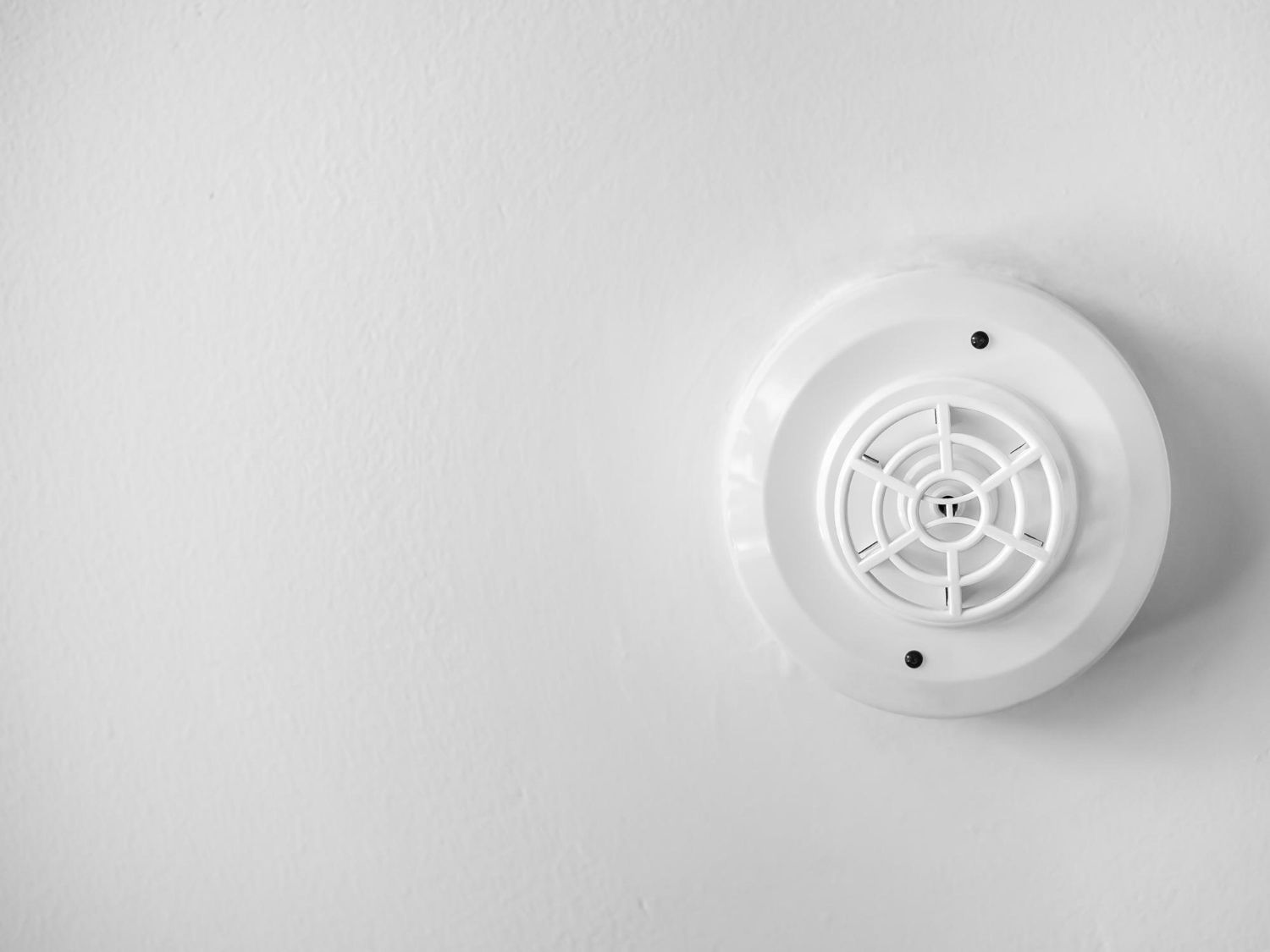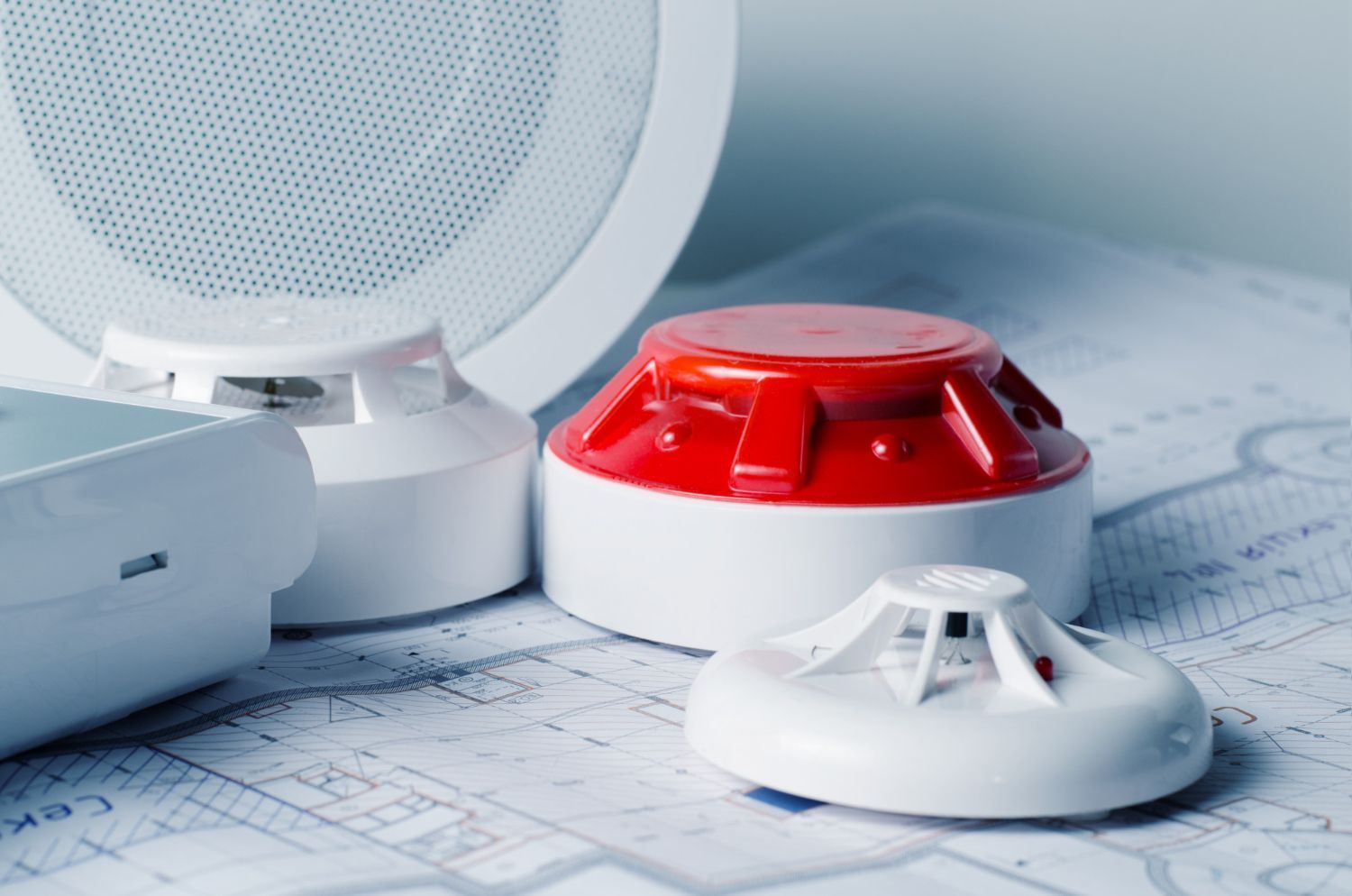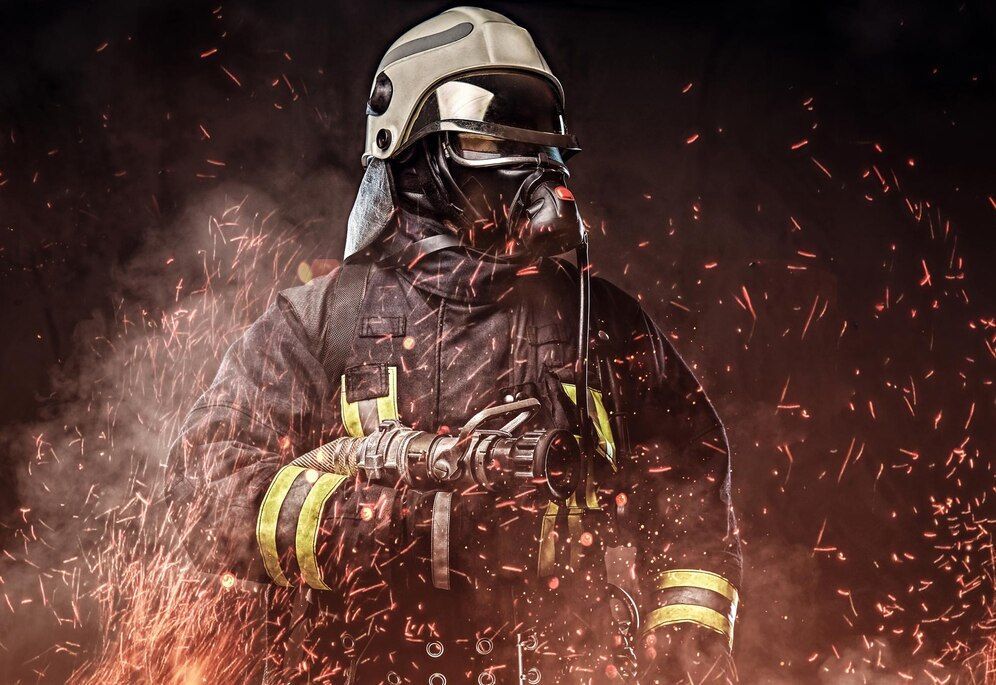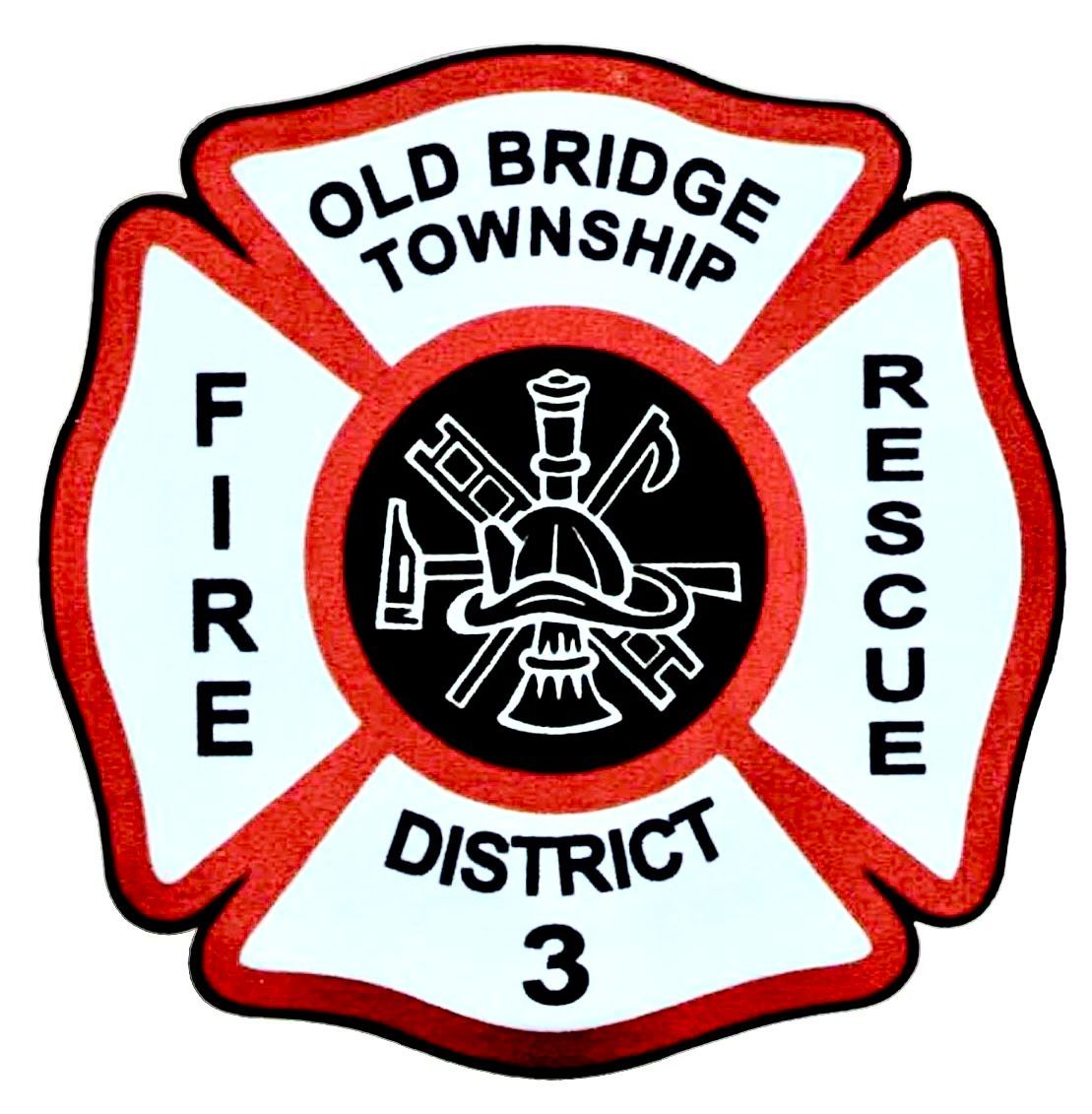Fire Safety for Pet Owners_ Keeping Your Furry Companions Safe
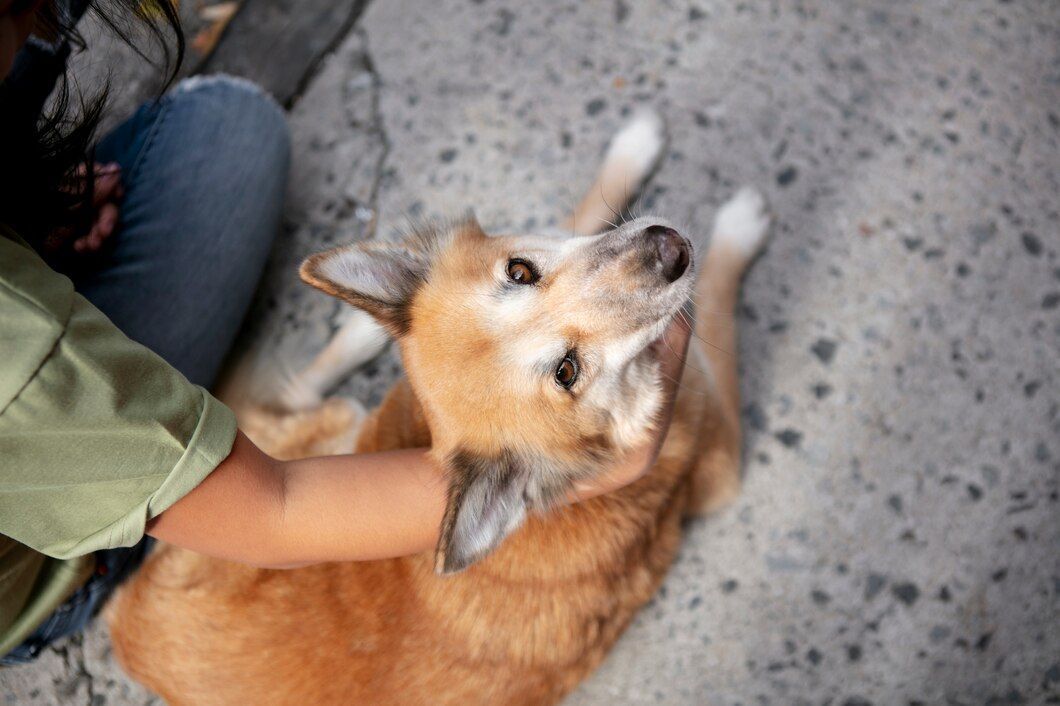
As passionate pet owners, we treat our furry companions as beloved members of our families. Their well-being is our priority, and that includes ensuring their safety in the face of potential fire hazards. At OBFD3, we recognize the importance of educating pet owners on fire safety measures specifically tailored to protect our pets and create a secure living environment for them. By incorporating fire safety best practices for pet owners, we can work together to provide the highest level of protection for our cherished pets and strengthen the collective safety of our community.
In this article, we will explore critical fire safety tips and strategies designed to keep our furry companions secure in the face of potential fire risks. Topics covered will include pet-proofing your home to eliminate fire hazards, creating a pet-focused escape plan, making use of modern pet safety technology, and understanding how pets may inadvertently contribute to fire risks so that preventive measures can be taken. Our goal is to empower pet owners with the knowledge and resources needed to safeguard their pets and homes from the threat of fires, contributing to a safer, more resilient community for everyone.
Fire Safety for Pet Owners: Keeping Your Furry Companions Safe
Pet-Proofing Your Home to Eliminate Fire Hazards
As a foundation for creating a fire-safe environment for your pets, pet-proofing your home can prevent potential fire hazards and ensure the safety of both your pets and property. Here are some tips to consider when pet-proofing your home:
1. Secure Electrical Cords: Pets may chew on electrical cords, which can lead to shock, injury, or even fires. Secure cords with pet-proof covers, and unplug appliances and cords when not in use.
2. Store Flammable Objects Safely:
Pets can inadvertently knock over flammable objects, such as candles or oil lamps, which can ignite fires. Opt for flameless candles or carefully secure or store flammable objects out of reach.
3. Address Pet Curiosity:
Pets can get into mischief if left unsupervised around kitchen appliances, such as stoves or ovens. Install stove guards, safety latches, and child locks to prevent unwanted access.
4. Avoid Space Heaters:
Pets can accidentally knock over space heaters, or their fur can ignite if they sleep too close. When possible, avoid using space heaters or employ pet-safe alternatives with built-in safety features.
Creating a Pet-Focused Escape Plan
In the event of a fire incident, a well-prepared escape plan that includes your pets is crucial for securing their safety. Develop your pet-focused escape plan by following these steps:
1. Prepare Ahead of Time:
Attach pet leashes and collars near your home's exits and assemble a pet emergency kit with basic supplies, accessible during an emergency.
2. Assign Roles:
Designate a family member to be responsible for the pets during evacuation procedures, ensuring no one is overlooked during a crisis.
3. Train Pets:
Teach your pets specific cues or commands that will help them recognize when to go to their designated safety zones or exits during an evacuation.
4. Include Pets in Drills:
Practice your escape plan with your pets included, reinforcing the importance of familiarizing them with emergency procedures.
Making Use of Modern Pet Safety Technology
Enhance your pet's safety by utilizing modern pet safety technology. Consider these high-tech solutions to improve your fire safety measures:
1. Smart Smoke Detectors:
Modern smoke detectors can send notifications to your smartphone, allowing you to be aware of potential fire hazards and act quickly to protect your home and pets.
2. Pet Cameras with Alert Capabilities:
Equip your home with pet-monitoring cameras that can alert you to unusual pet behavior or potential fire hazards remotely.
3. Pet-Tracking Devices:
Attach GPS-based pet trackers to your pets' collars, ensuring you can locate them quickly if they escape during a fire incident.
Understanding Pets' Role in Fire Risks and Prevention
Understanding how pets may inadvertently contribute to fire risks can help you take preventive measures to mitigate such incidents:
1. Monitor Your Pets:
Always observe your pets around open flames, such as fireplaces, candles, or outdoor fire pits. Keep these areas securely gated or enclosed to prevent curious pets from accessing them.
2. Use Caution with Water Bowls: Do not place glass or plastic water bowls on wooden decks or surfaces exposed to sunlight, as they can act as a magnifying lens and ignite fires. Use metal or ceramic bowls instead.
3. Address Pet Behaviors:
Address your pet's natural curiosities and behaviors that may pose fire risks. Training, confining them to designated safe areas, or using deterrent products can mitigate potential hazards.
Conclusion
By implementing fire safety measures specifically tailored for your pets, you can create a safer and more secure environment for your entire household. Pet-proofing your home, creating a pet-focused escape plan, utilizing pet safety technology, and understanding pets' potential roles in fire risks are all essential steps for any responsible pet owner who wishes to safeguard their furry companions.
Join us at Board of Fire Commissioners, Fire District 3, Township of Old Bridge in our commitment to operational excellence and comprehensive fire safety initiatives. Access expert insights, resources, and support to help you create a
fire-safe environment for your beloved pets. Together, let's work to promote a fire-aware community dedicated to the wellness and protection of our furry friends and human family members alike.

